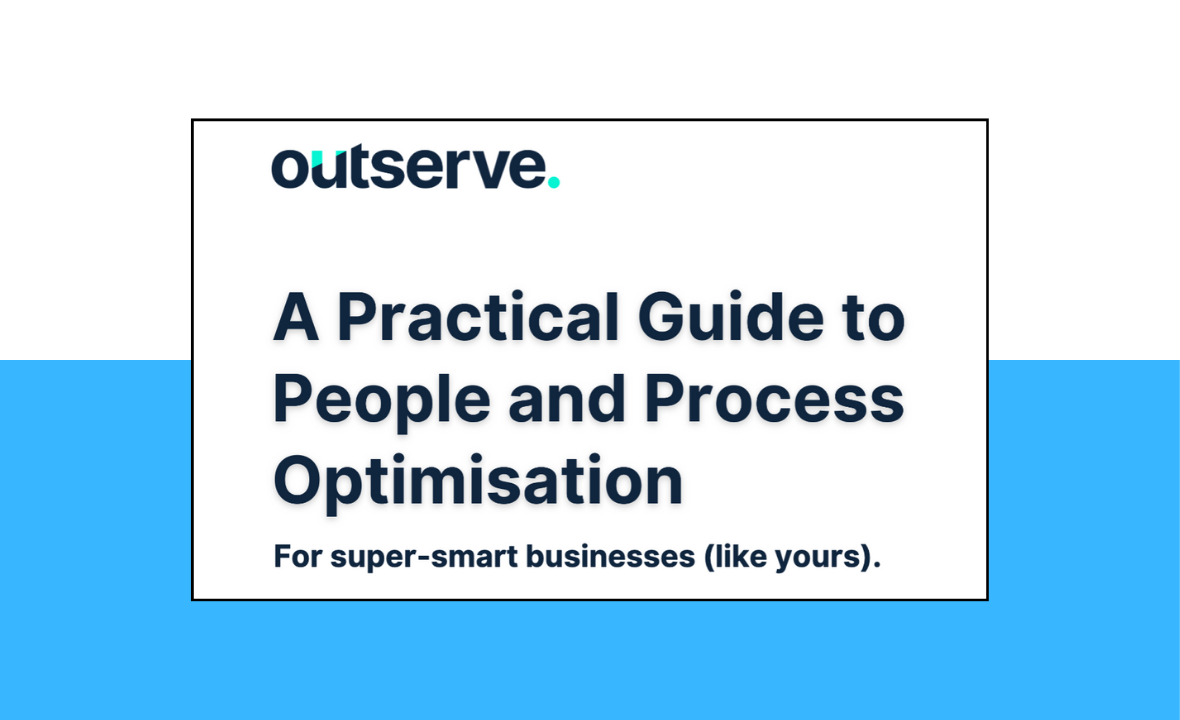2020 Automation trends to accelerate your business
When asked “What’s the best thing about Automation?” I often hear answers like:

Complete accounting solutions focussed on profit and growth
Inventory management systems play a crucial role in thriving product businesses
Automating your core systems is the key to efficiency and effectiveness

Scalable software that grows with you
Product and inventory software that makes sense
Seamless integrations and automations

Whether they use a single solution or a full end-to-end integration of multiple software packages we are proud to be a part of our client's success.
2 min read
Philip Oakley
:
Aug 2, 2024 4:54:33 PM

The product sales landscape is a thrilling arena of endless possibilities. From the bustling world of retail to the intricate realm of manufacturing, and from the direct-to-consumer boom to the complex dynamics of B2B, there's a constant drive for innovation, expansion, and reaching new heights. However, this rapid growth often comes with an unexpected side effect: complexity.
Suddenly, you're juggling international sales, introducing new product lines, managing fluctuating inventory, and overseeing a whirlwind of transactions. It feels like every challenge has a technological solution – purchase order systems, production planning software, inventory management tools – the list seems endless.
Yet, here's the catch: software alone isn't the magic bullet. In fact, throwing technology at poorly defined processes can create a bigger mess. Imagine a customer ordering a custom sofa and a dining table. The sofa needs to be made, while the table is in stock. How do you handle shipping? Who manages these processes? What if the person responsible for sending requests is on leave?
This is where our new ebook, "A Practical Guide to People and Process Optimisation," comes in.
We believe the key to success lies in a harmonious blend of people, processes, and technology. Your team is the heart of your operation, and clearly defined processes are the roadmap that guides them. Only then can technology be harnessed as a powerful tool to streamline and enhance your business.
People: Your team is your greatest asset. They bring expertise, passion, and problem-solving skills to the table. It's essential to empower them with clear roles, responsibilities, and the authority to make decisions.
Processes: Well-defined processes are the backbone of your operations. They ensure consistency, efficiency, and accountability. By mapping out your processes, you gain a clear understanding of how your business works and identify areas for improvement.
Technology: Software can be a game-changer when implemented correctly. It can automate tasks, provide valuable insights, and improve collaboration. However, it's crucial to choose the right tools and integrate them seamlessly into your existing processes.
To help you identify areas for improvement, our ebook outlines seven common challenges faced by product-based businesses:
Our ebook provides a step-by-step methodology for implementing systems and navigating change management. We'll guide you through the following steps:
We'll share real-life case studies of businesses that have successfully implemented our approach. You'll learn how they overcame challenges, achieved their goals, and transformed their operations.
By focusing on people, processes, and technology, you can break free from the cycle of software implementation and achieve sustainable growth. Our ebook provides the tools and knowledge you need to succeed.
Download your free copy today and start your journey to a more efficient, profitable, and scalable business.

When asked “What’s the best thing about Automation?” I often hear answers like:

Whichever accounting software you are using, whether this be Xero, Quickbooks etc, there are many ways to look for efficiency and avoid problems....

How can you ensure your business stays healthy, during an event such as coronavirus? Make a plan.